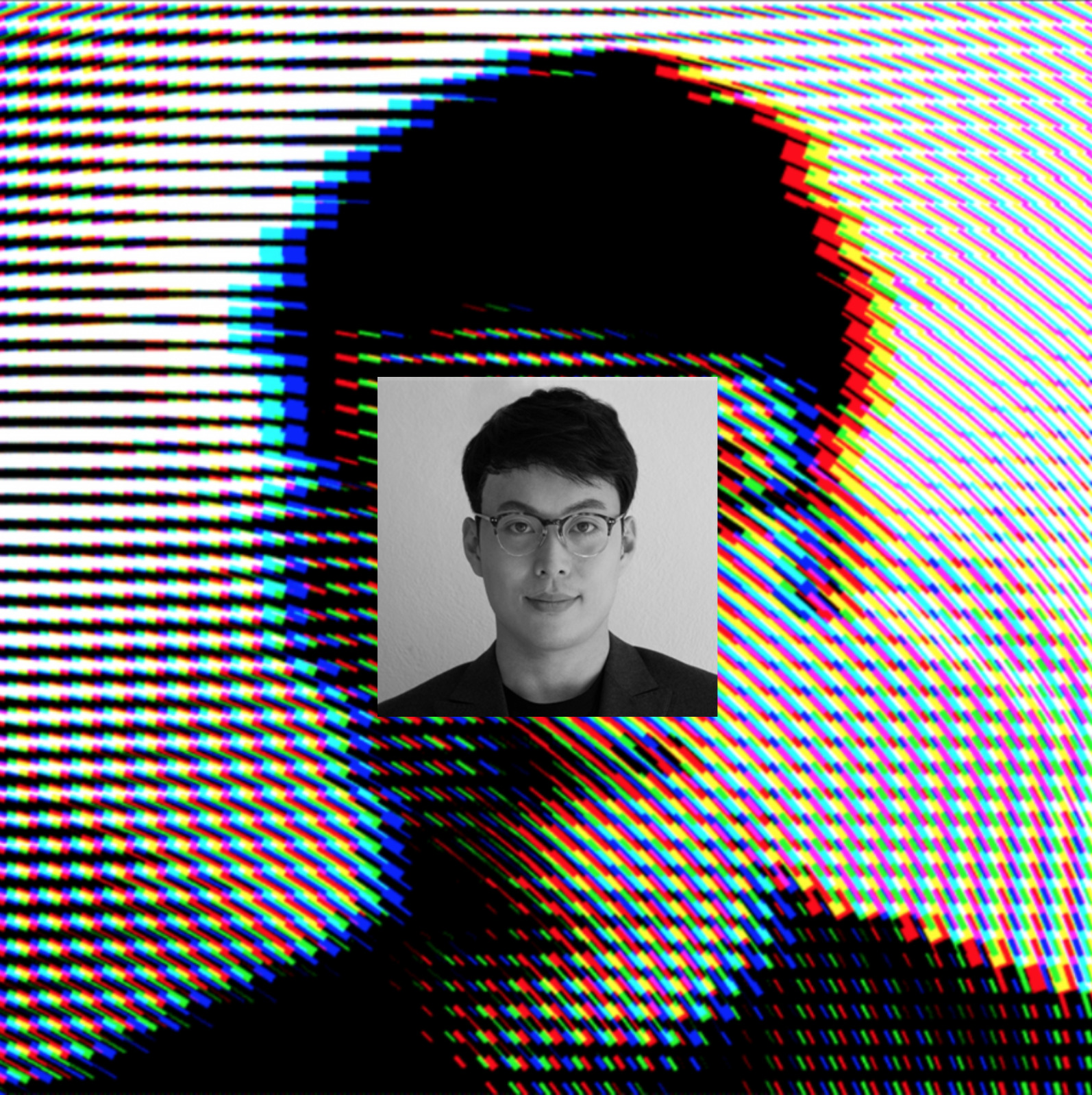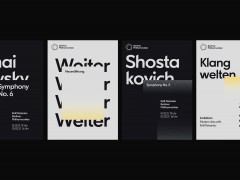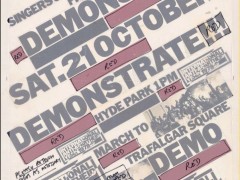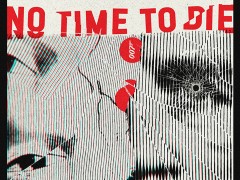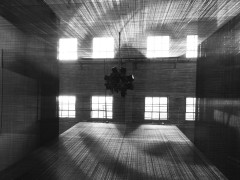Data and logic in type: Kyuha Shim on his amazing algorithmic typographic quest
Let’s start with some basics. Kyuha Shim (Q) is a computational designer, a researcher and a lecturer based in London.
Q is currently teaching as an Assistant Professor at the School of Design at Carnegie Mellon University, yet, as if all the previously mentioned weren’t enough credentials to keep you amazed, he is completing his PhD in Visual Communication at the Royal College of Art. His current research focuses on the implementation of computational systems in contemporary graphic design practices.
With a view to expanding the horizons of computational thinking, Q explores how graphic designers may incorporate data and logic in typography.
For Typeroom, Q himself guides us how the design process itself becomes integral to its typographic forms.
You welcome:
"If QR codes can convey more contextual information on its surface than black and white blocks, it would largely enhance interaction" he says of his attempt to show us how contextual information materializes into type.
"In a time when more people write with a keyboard than they do by hand, there is a sense of nostalgia for calligraphy that exposes certain tensions and speed of the writing hand" he adds.
His consideration of the interpenetration of form and context in interactivity, transformed into a more specific reflection of the systems for generating form. His flexible logo projects such as Creative Mind for Brown University, Work-in-Progress 2014 and Research Biennial 2015 for RCA demonstrate his pure focus on parametric systems and iterative patterns in typography, this is his passionate quest.
"This type of work may seem similar to kinetic typography, but instead of always having the same sequence, I usually deconstruct the flow into multiple parts and construct again a system that orchestrates them in algorithmic, interactive or random events" explains Q whose creative process involves the reciprocal and mutual deconstruction-in-construction. "Working with this systematic environment necessitates that I generalize shapes or relations into quantifiable parameters with conditionals."
Q’s generative installation piece for ‘Graphics RCA 50’ shows that form is not frozen but continuously and fluidly, generated in real-time through an automated system. This is also demonstrated in his recent project, One Remix, commissioned by Adrian Shaughnessy for Typojanchi 2015.
For Kyuha Shim emphasizing the significance of iterative and yet cohesive forms is crucial.
"The essential question of most of my generative systems for graphic design is how to maintain the cohesiveness in variations over time. That is to say, the main advantages of using computational systems, such as flexibility in forms, procedural representations and aesthetics, are made evident in a series, rather than in a single image. That is perhaps why we use grid systems, but we should also link consonants and variables in typography with code in order to embrace more complex layers such as data and interaction in real-time" he says.
Exemplary of his consideration of cohesiveness in variations is The Art of Selection (2016) for the National Design Triennial at the Cooper Hewitt Smithsonian Design Museum in New York. He interprets Karl Gerstner’s Designing Programmes and explores the process of searching for the ‘fit’ in both analog-repetitive and computational-mechanical productions.
"Automation has empowered us to produce myriads of iterations considerably faster than without it" he says on the future of design.
"In the near future, AI-powered tools may even take over some repetitive tasks that we do now. Nevertheless, in the end, the empowerment lies in the fundamental decisions within a certain situation that we make in our designs, which are also for human audiences and not for machines."
Enter his amazing universe here.
Tags/ typography, typeface, data, kyuha shim, algorithm, typedesign
